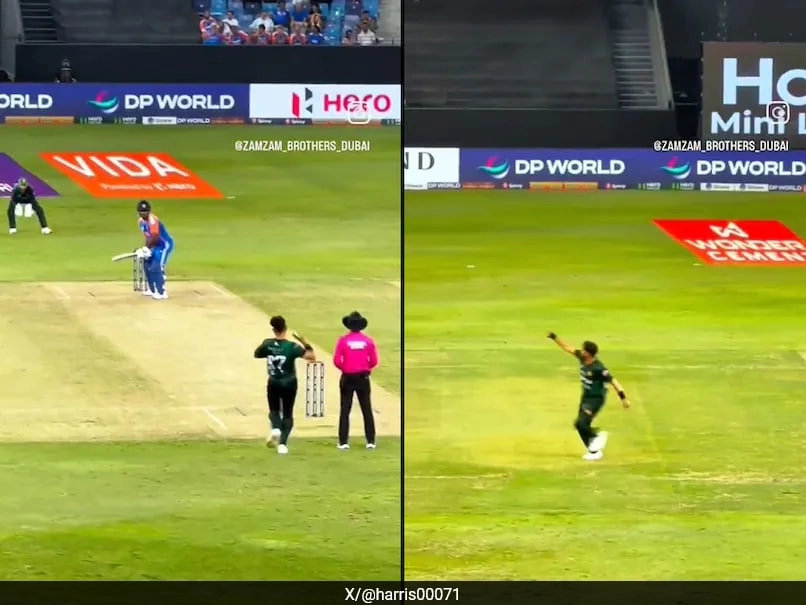Haris Rauf, the talented Pakistani fast bowler, recently found himself at the center of attention due to his provocative gestures toward the Indian cricket team. During a heated encounter, Rauf was seen making a ‘fighter jet’ gesture, a move that many interpreted as a taunt directed at the Indian players. The incident occurred during a high-stakes match, where emotions were running high, and the rivalry between the two nations added an extra layer of intensity to the game. The gesture, which was captured on video, sparked a flurry of reactions from fans and analysts alike, with many discussing the implications of such actions in the context of sportsmanship and international relations.
The significance of Rauf’s gesture lies not only in its immediate impact on the match but also in its broader cultural connotations. In the context of the longstanding rivalry between India and Pakistan, gestures like these can serve as symbols of national pride and competitiveness. Rauf’s actions resonated with many fans who viewed them as a form of bravado, showcasing the fierce spirit that characterizes contests between the two cricketing nations. However, the incident also raises questions about the boundaries of sportsmanship. While competitive spirit is a vital part of any sport, there’s a fine line between healthy rivalry and provocative behavior that could escalate tensions.
As the video of the second instance of Rauf’s gesture surfaces, discussions around the responsibility of athletes in representing their countries come to the forefront. Athletes are often seen as role models, and their actions can have far-reaching consequences, influencing public sentiment and international perceptions. Rauf’s gestures, while intended as a show of confidence, may have inadvertently contributed to a narrative that could exacerbate existing tensions between India and Pakistan, especially in the realm of sports, where both nations have a passionate following. This incident serves as a reminder of the powerful role that athletes play not only on the field but also in the broader socio-political landscape.
In conclusion, Haris Rauf’s ‘fighter jet’ gesture has ignited a conversation about the intersection of sports, national identity, and diplomacy. While such actions may entertain some fans and amplify the competitive atmosphere, they also warrant reflection on the impact of sportsmanship and the responsibilities athletes carry. As cricket continues to serve as a platform for both rivalry and unity, it is crucial for players to navigate their actions carefully, fostering an environment where competition does not overshadow mutual respect and understanding between nations.




